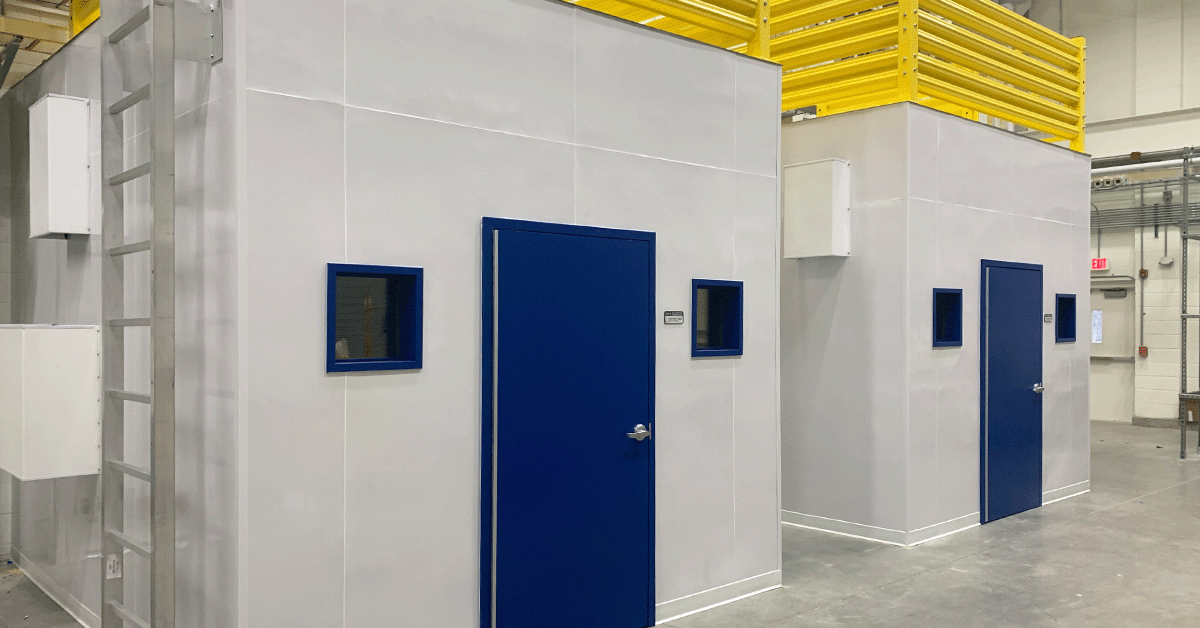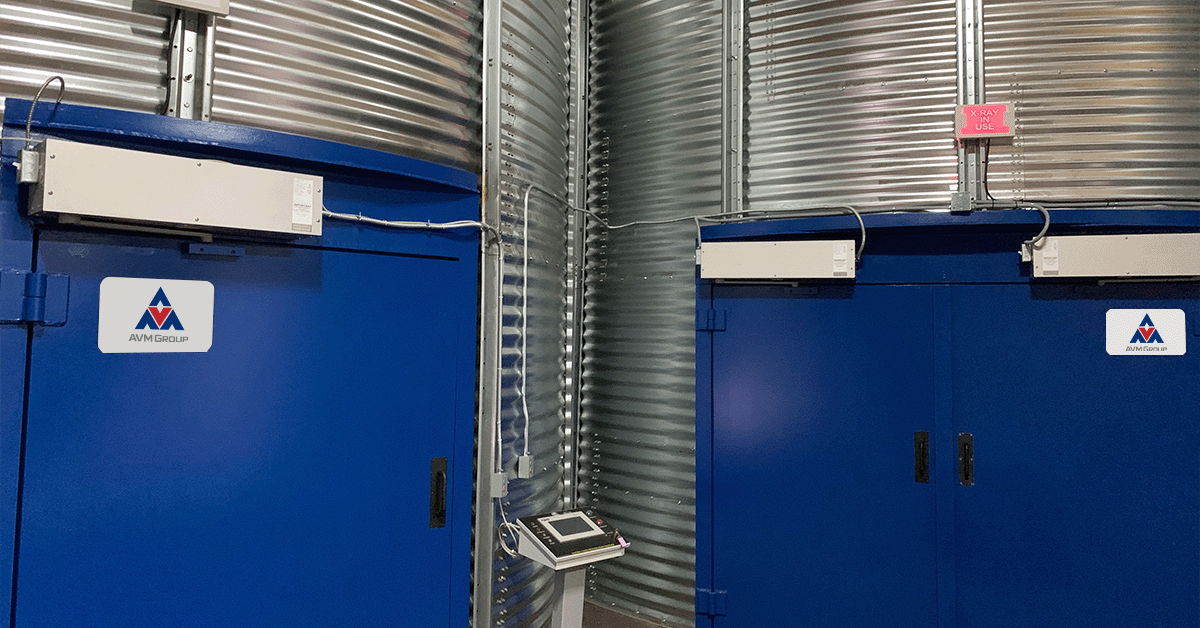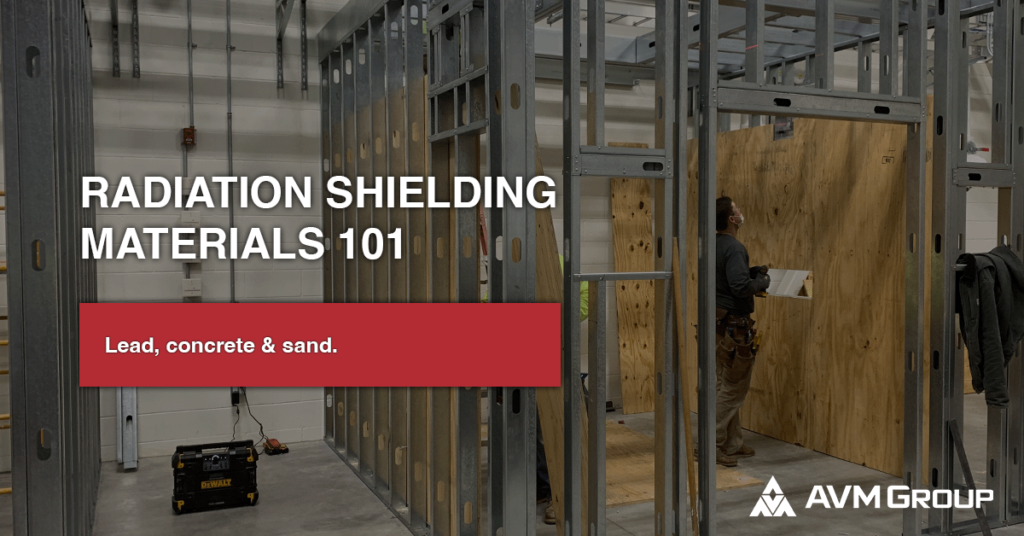*This post is part of a much larger pillar blog: The Ultimate Radiation Shielding Guide
Table of Contents
ToggleIntroduction
Ready to learn everything you need to know about the most common radiation shielding materials?
You’ve come to the right place.
Regardless of the industry you work in, you’ll need to be familiar with your options when selecting the right radiation shielding material for your next radiation protection room, vault, or door.
In this blog, we’ll do a brief overview of the three most common materials, and quickly run through some pros and cons of each. Please note, there are a myriad of different materials you can use for radiation shielding, making it near impossible to cover all of them in this one article.
Each different type of shielding material has a unique purpose, and the type of shielding you’ll need is based on the physics report you conduct before you get started as well as your budget and spacing requirements.
Let’s get right into it.
Using Lead as a Radiation Shielding Material
The first radiation shielding material we’ll be looking at is lead.
Lead shielding comes in plates, bricks and sheets, depending on how thick of shielding you’re needing for your application.

The Benefits of Using Lead for Radiation Shielding
Size:
There’s one huge advantage to using lead shielding as your radiation shielding material: it allows you to have the thinnest walls out of all the materials we’re covering in this blog post.
This makes lead shielding perfect for radiation rooms that aren’t very large.
The Downside of Using Lead for Radiation Shielding
Unfortunately, there’s are a few cons to using lead.
Health Concerns:
The first con regarding lead shielding is the health concerns associated with the material.
You’ll need to cover your lead shielding with FRP (fiberglass reinforced panel) such as drywall, plywood, or steel which is standard when building radiation shielding, so this isn’t a big deal.
Price:
The second con to using lead as a radiation shielding material is the price.
Lead is the most expensive material you can use aside from tungsten. However, the quality of lead justifies the price.
Check out this article we wrote on using lead for radiation shielding.
Using Concrete as a Radiation Shielding Material
As a middle-of-the road option, concrete is a fantastic material to use for radiation shielding. In fact, one of our largest NDT clients used concrete for a poured in place vault we constructed for them this past year. Check it out!
The Benefits of Using Concrete for Radiation Shielding
Flexibility:
Concrete has a few variations.
First, there’s standard pour. As the most common application, standard pour concrete is a good radiation shielding option if you can afford to have thicker walls.
On the other hand, using concrete with aggregate mixed in via blocks makes the shielding more dense, allowing you to use less of the material.
Pricing:
In addition to being flexible when talking about density, there are many different financial options available for concrete.
Standard pour is of course the cheapest due to its lower density and PCF, where concrete with aggregate mixed in is more expensive due to a higher PCF.
GET THE LATEST INDUSTRY NEWS DELIVERED TO YOUR INBOX
Stay on the forefront of the shielding industry with our weekly e-newsletter.
The Downside of Using Concrete for Radiation Shielding
Thickness:
We talked about it a bit before, but you need to have a decent bit of space to use concrete for your shielding.
For average KV, you should expect anywhere between five to seven feet of thickness for each wall.
Concrete isn’t the thickest option, but space is definitely something you should keep in mind.
Complexity:
You might be asking yourself, how is concrete complex?
Well, one very important thing to know is that concrete needs forms for pouring.
Also, making sure your concrete sets correctly is extremely important.
Finally, you may need sensors during the pouring process to make sure the concrete on the outside and inside cools at the same time.
Check out this article comparing using lead vs concrete for radiation shielding.
Using Sand as a Radiation Shielding Material
The final radiation shielding material we’ll be going over today is sand.
While some project managers may like how cheap this solution is, be cautious.
At AVM Group, we specialize in using sand for radiation shielding with our patented MatterVault.

The Benefits of Using Sand for Radiation Shielding
Pricing:
Like we just mentioned, sand is by far the cheapest radiation shielding material.
It doesn’t require as much work or materials to process, so this makes sense.
Speed:
Due to the nature of this material, sand provides efficient lead times for construction.
Flexibility:
Sand is extremely flexible due to the fact that companies are able to easily remove this application.
This makes it a great option for companies who may be moving soon, or don’t necessarily need radiation shielding for their long-term business goals.
The Downside of Using Sand for Radiation Shielding
Space:
If you’re planning on using sand, make sure you have the space necessary.
By far sand needs the most amount of space out of any material due to its lack of density.
Conclusion
We hope you learned a bit about radiation shielding materials because of this blog.
Make sure to thoroughly compare your options to your budget, space, and your company’s unique needs.
Does your business need radiation shielding? Not sure where to start? Contact us.



